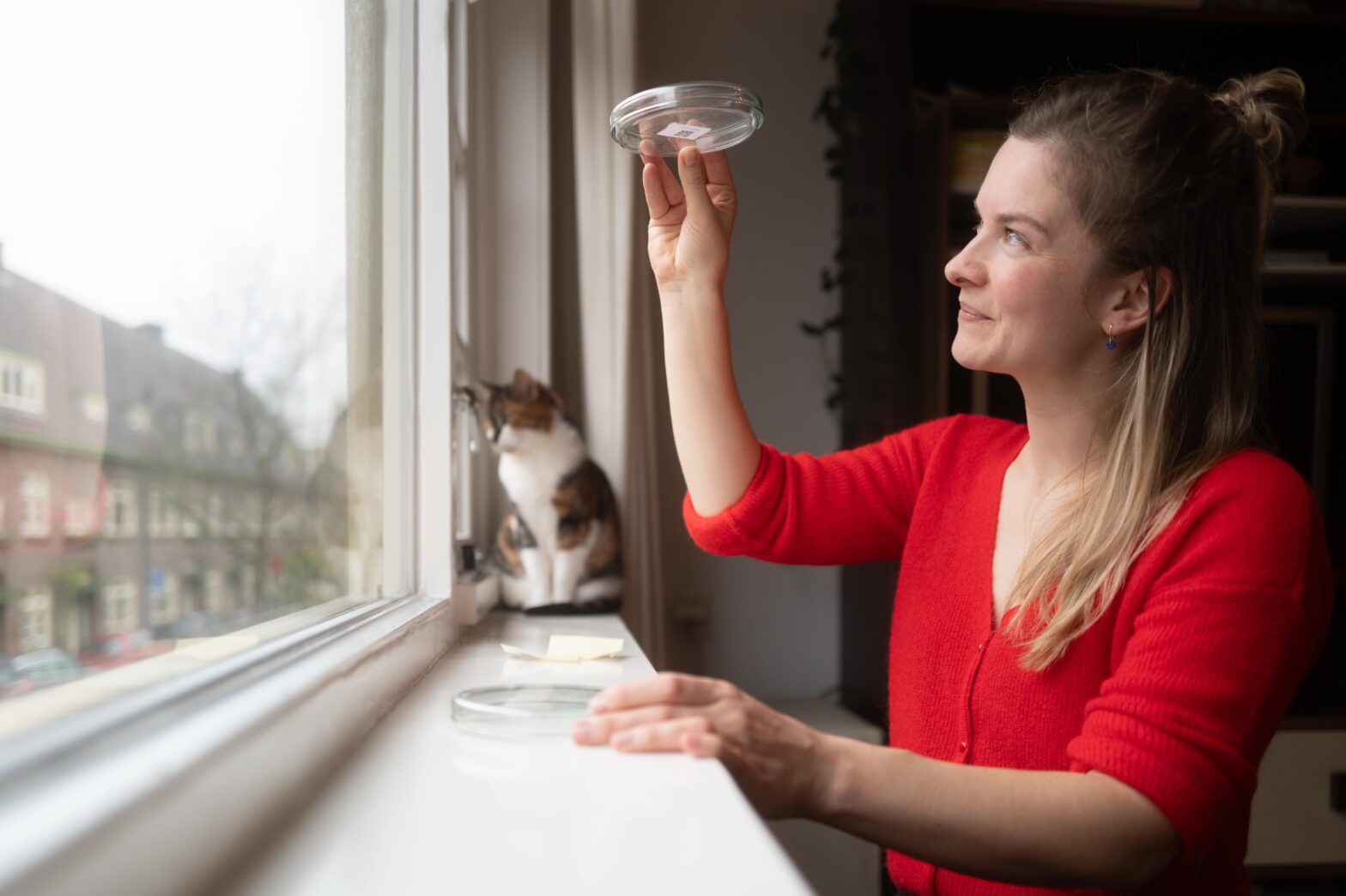Study proposes a preliminary physiologically-based toxicokinetic (PBTK) model for micro- and nanoplastics (MNPs); polymer type, size, shape, surface chemistry, surface biofilms, and biocorona determine toxicokinetic rates; models for engineered nanoparticles are not appropriate due to heterogeneity of MNPs; uptake via inhalation and effects of absorbed chemicals need more investigation
Author archives: joel.scheuchzer
AURORA project featured in public health webinar
Webinar on human exposure and health effects of micro and nanoplastics hosted by Collaborative for Health & Environment puts a spotlight on AURORA and POLYRISK; AURORA project coordinator Roel Vermeulen speaks about progress and challenges; shares first project preliminary results; emphasizes the need for further research and standardized methods
AURORA scientists propose a roadmap towards risk assessment of MNPs
Researchers detail roadmap for effective risk assessment of micro- and nanoplastics for early-life health; identify various knowledge gaps; highlight the need for cross-discipline research to generate necessary evidence base
Deciphering the differences in plastic particles reported in foods
Two studies investigate micro- and nanoplastics measured in foods; review the range of reported values and diversity of study methods; make suggestions to standardize research methodologies; one study outlines additional standards the micro – nanoplastics research community needs to develop in order to assist regulators
Mapping microplastics in the male reproductive system
Study provides an in-depth look at microplastics in the male reproductive system, analyzes human and mouse samples to chart concentrations and polymer types; finds microplastics in all human testes samples and majority of semen samples; larger plastic particles may get trapped in testis, leading to higher concentrations; identifies correlation between urbanization, home-cooked meals, and body scrub used to microplastics concentration
AURORA study on household plastics exposure launched
AURORA partners from the University Medical Center Utrecht have launched a study investigating micro- and nanoplastics in females of reproductive age; includes 100 participants from around Utrecht, the Netherlands; first study visits started in July 2023 and will conclude in February 2024
